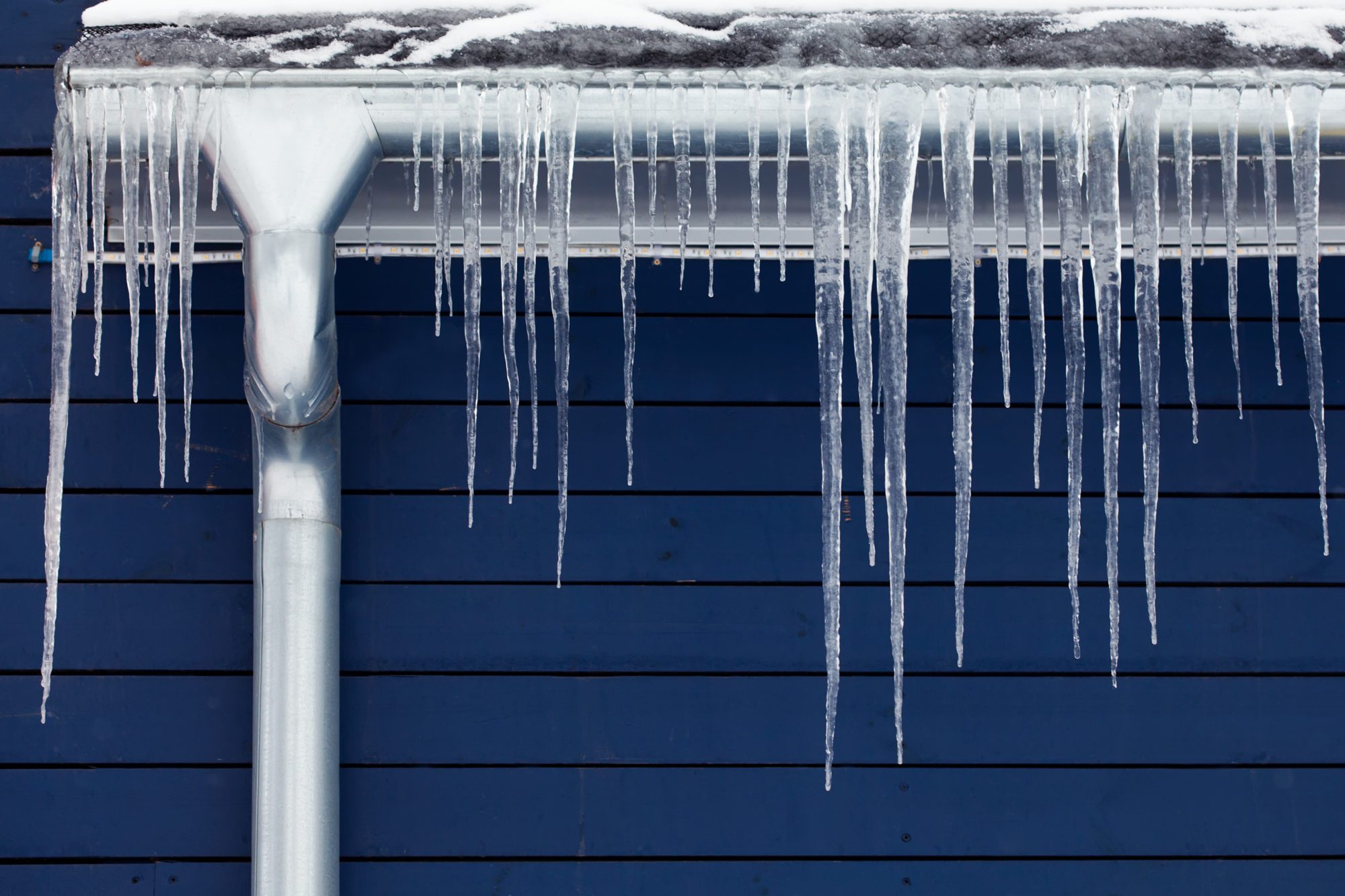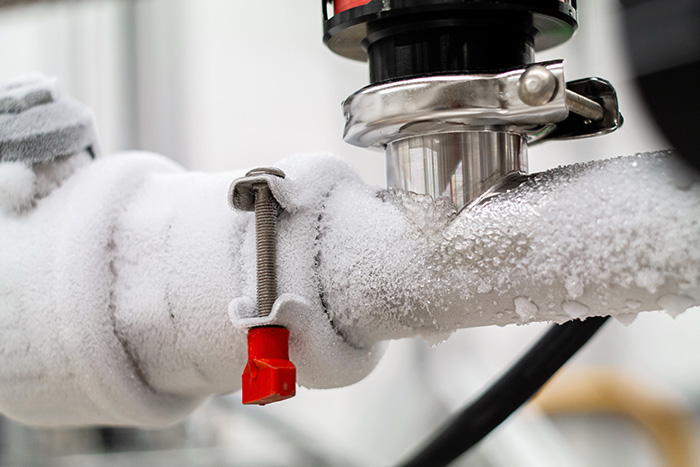We have unearthed the article involving How To Avoid Freezing Pipes listed below on the internet and believe it made perfect sense to share it with you over here.

Winter can wreak havoc on your pipes, specifically by freezing pipelines. Below's exactly how to stop it from taking place and what to do if it does.
Intro
As temperature levels decline, the threat of icy pipelines increases, possibly causing costly repair work and water damages. Recognizing exactly how to prevent icy pipelines is vital for homeowners in chilly environments.
Understanding Frozen Pipelines
What causes pipes to ice up?
Pipelines ice up when subjected to temperature levels below 32 ° F (0 ° C) for expanded durations. As water inside the pipelines ices up, it broadens, taxing the pipe wall surfaces and potentially causing them to break.
Threats and damages
Frozen pipes can bring about supply of water interruptions, residential property damages, and expensive repair work. Burst pipelines can flood homes and create considerable architectural damages.
Indications of Frozen Piping
Recognizing icy pipelines early can stop them from bursting.
How to recognize frozen pipes
Look for decreased water circulation from faucets, unusual odors or noises from pipes, and noticeable frost on subjected pipelines.
Prevention Tips
Protecting vulnerable pipelines
Wrap pipelines in insulation sleeves or make use of warm tape to safeguard them from freezing temperature levels. Focus on pipelines in unheated or outside locations of the home.
Home heating strategies
Keep interior areas sufficiently warmed, specifically areas with pipes. Open up cabinet doors to permit warm air to distribute around pipes under sinks.
Protecting Outdoor Pipes
Yard hose pipes and outside faucets
Disconnect and drain garden hoses prior to winter months. Mount frost-proof spigots or cover exterior taps with protected caps.
What to Do If Your Pipelines Freeze
Immediate actions to take
If you suspect frozen pipes, keep faucets available to ease pressure as the ice thaws. Utilize a hairdryer or towels soaked in warm water to thaw pipelines gradually.
Long-Term Solutions
Architectural adjustments
Think about rerouting pipelines far from exterior wall surfaces or unheated locations. Add extra insulation to attics, basements, and crawl spaces.
Updating insulation
Purchase top quality insulation for pipelines, attic rooms, and wall surfaces. Appropriate insulation assists preserve consistent temperature levels and lowers the threat of icy pipelines.
Conclusion
Preventing frozen pipes calls for aggressive procedures and fast actions. By comprehending the reasons, indications, and safety nets, home owners can safeguard their plumbing during winter.
5 Ways to Prevent Frozen Pipes
Drain Outdoor Faucets and Disconnect Hoses
First, close the shut-off valve that controls the flow of water in the pipe to your outdoor faucet. Then, head outside to disconnect and drain your hose and open the outdoor faucet to allow the water to completely drain out of the line. Turn off the faucet when done. Finally, head back to the shut-off valve and drain the remaining water inside the pipe into a bucket or container. Additionally, if you have a home irrigation system, you should consider hiring an expert to clear the system of water each year.
Insulate Pipes
One of the best and most cost-effective methods for preventing frozen water pipes is to wrap your pipes with insulation. This is especially important for areas in your home that aren’t exposed to heat, such as an attic. We suggest using foam sleeves, which can typically be found at your local hardware store.
Keep Heat Running at 65
Your pipes are located inside your walls, and the temperature there is much colder than the rest of the house. To prevent your pipes from freezing, The Insurance Information Institute suggests that you keep your home heated to at least 65 degrees, even when traveling. You may want to invest in smart devices that can keep an eye on the temperature in your home while you’re away.
Leave Water Dripping
Moving water — even a small trickle — can prevent ice from forming inside your pipes. When freezing temps are imminent, start a drip of water from all faucets that serve exposed pipes. Leaving a few faucets running will also help relieve pressure inside the pipes and help prevent a rupture if the water inside freezes.
Open Cupboard Doors
Warm your kitchen and bathroom pipes by opening cupboards and vanities. You should also leave your interior doors ajar to help warm air circulate evenly throughout your home.

I am just very taken with Prevent Frozen Pipes and I'm hoping you enjoyed the piece. In case you liked our blog posting kindly don't forget to pass it around. Many thanks for your time spent reading it.
Call Today